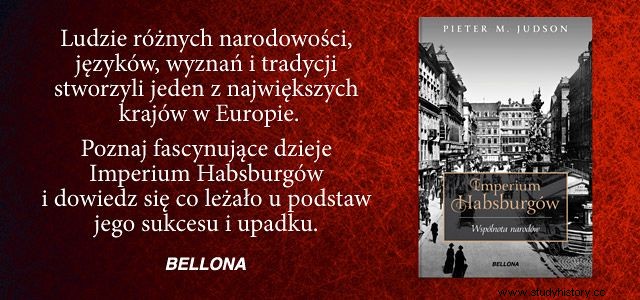They wanted to make Europe their private farm and they almost succeeded. They won their lands through marriage and wars, but they also did not shy away from counterfeiting and bribes. How did the building of the Habsburg empire really look like?
The Habsburgs at the dawn of their history were not even associated with Austria. As he writes in the book "Habsburg Empire" Pieter M. Judson, professor and expert on the history of the Danube Monarchy:"They began their careers as a family belonging to a rather small knighthood, owning little land and a castle in today's Swiss canton of Aargau."
The family's career began for good only when one of the Habsburgs, Rudolf I, became a German king in 1273. It happened thanks to an extraordinary coincidence (you can read more about the beginnings of the dynasty HERE ). It was he who - taking advantage of the military and legal advantage - took Austria, Styria and the Land and handed them over to the eldest son.
Counterfeit and Purchase
Rudolph's successors tried to enlarge their estates. Efforts to take over the Czech Republic by the marriage turned out to be ineffective. However, Tirol was captured:in 1363 it was bequeathed to the Habsburgs by Małgorzata Maultasch. Her will was backdated to 1359 to invalidate earlier inheritance dispositions. The forgery, however, did not prevent the dynasty from firmly establishing itself in the new territory.
Another small, although key strategic area was simply purchased by family representatives. This applies to the county of Feldkirch, Freiburg im Breisgau, Vorarlberg and the most important asset, the port city of Trieste. Interestingly, the inhabitants themselves asked to buy the latter city. They counted on the Habsburgs to be able to protect them from competition from nearby Venice.
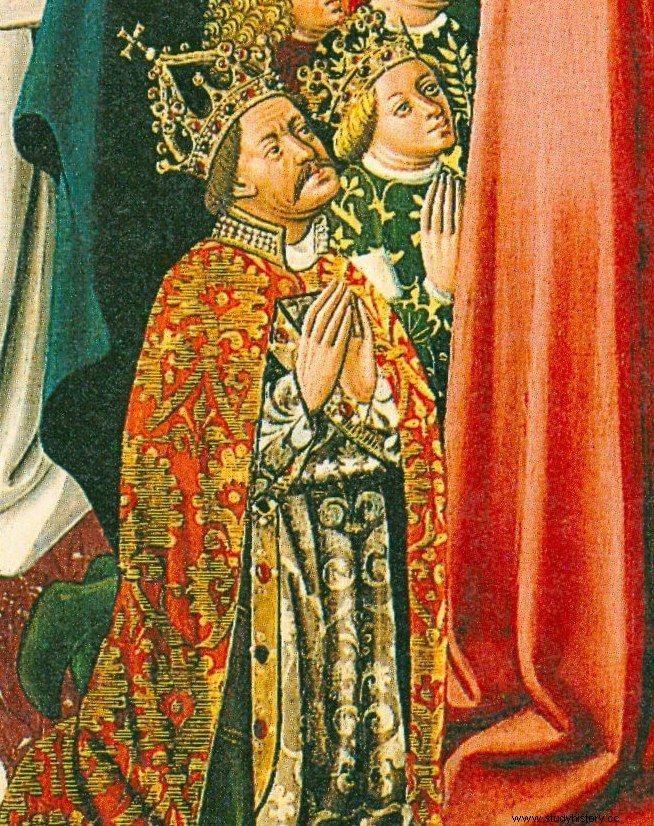
Albrecht V accumulated as many as three crowns thanks to a successful marriage. Maintaining them was much more difficult. In the painting, Albrecht praying, followed by his wife Elizabeth.
Longevity and bribes
After Rudolf's successes, his son Albrecht was also crowned King of Germany. Another Habsburg, Fryderyk, called himself the German monarch for only a few years. Later, for over a century, the Habsburgs were not even close to the German crown. This only changed when Albrecht V, great-great-grandson of Albrecht I, married the 13-year-old Elizabeth of Luxembourg, the richest heiress of the time. As the daughter of Sigismund of Luxemburg, the German Emperor and the King of Bohemia and Hungary in one person, she gave the prospect of taking over as many as three thrones.
After the death of his father-in-law in 1437, Albrecht actually managed to win all three elections. But he did not enjoy his title for long. He died just two years later. His wife was just pregnant, and although five months after Albrecht's death she gave birth to the desired successor, Władysław, the infant did not have the slightest chance of gaining power in Germany.
The crown went to 25-year-old Fryderyk, who skillfully used the situation. This representative of the younger line of the family ruled only a small part of the Habsburg heritage. And that's what worked to his advantage. The electors gathered in 1440 found him insignificant and harmless enough to become a German ruler .
Indeed, Frederick was never strong or rich. However, he had stubbornness and longevity on his side - he wore the German crown for over half a century! It was enough time to push through the election of his son Maximilian. From then on, all Habsburgs tried to choose a successor while they were alive.
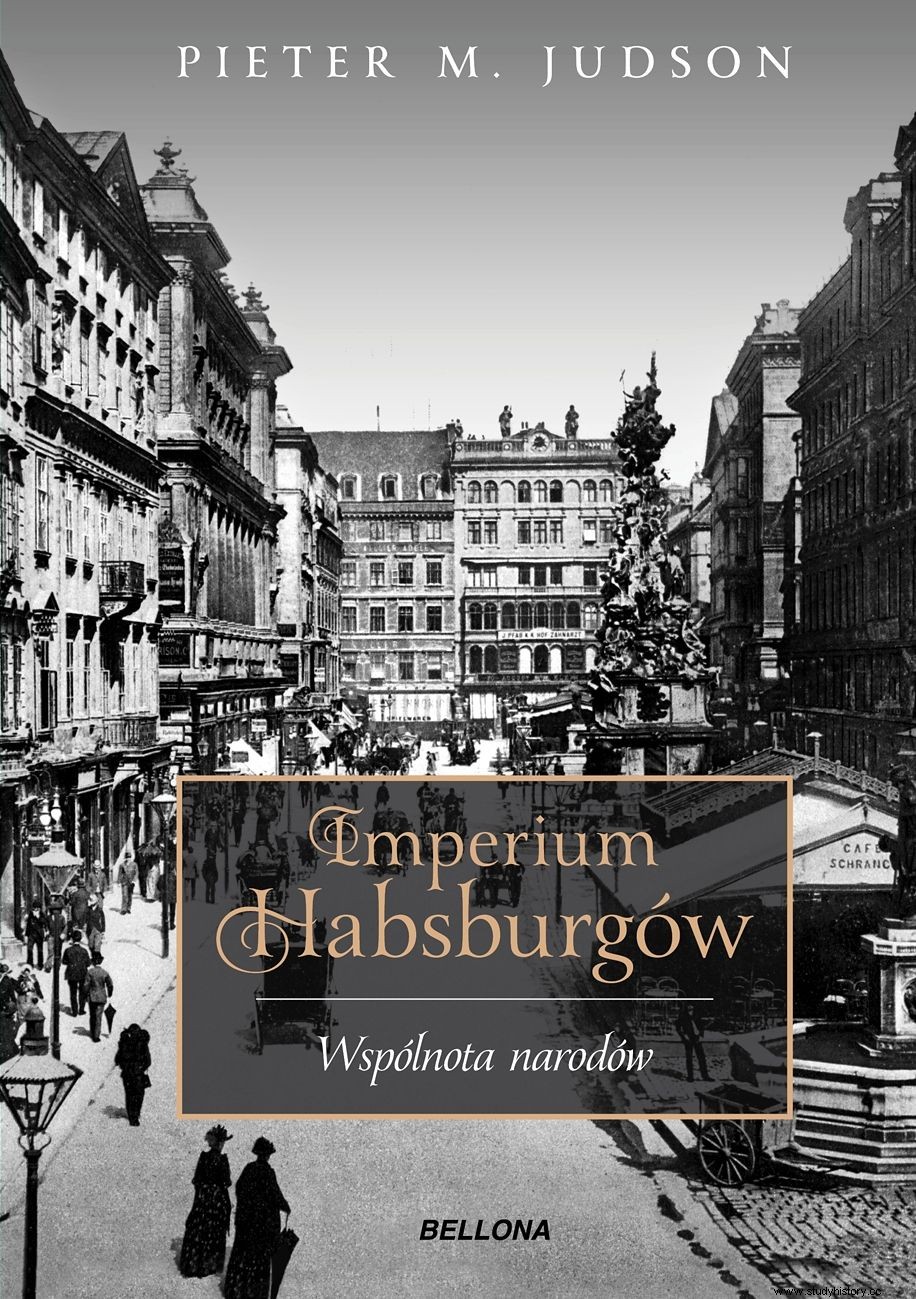
It was not always easy to impose a Habsburg candidacy. For example, during the election of Charles V in 1519, the resistance of the electors had to be overcome ... with a bribe, euphemistically called "anointing of the hand". The young Habsburg spent an astronomical amount of over 850,000 guilders for this purpose .
Pawn your bride's jewels and fight
Frederick III prepared for his only son and heir, Maksymilian, not only the succession in Germany. He also had talks with the fabulously wealthy Charles the Brave, Duke of Burgundy. He wanted to marry a descendant to his heiress, Maria.
Charles tried to obtain a royal crown through this marriage. The project collapsed when he realized that the emperor had no desire to give it to him. But three years later, in 1477, the situation changed dramatically. The Burgundian died in the fight against the Swiss, and 19-year-old Maria became the ruler of his vast lands. Her position at this point was unenviable. Neighbors (especially France) were getting ready to dissolve her heritage.
In this situation, a young, brave and handsome Austrian, whom she had only seen once in her life, seemed to be the perfect candidate for a "savior on a white horse". Maria sent him her jewels and a message that she was ready for the wedding. Maximilian immediately pawned valuables so that he could come to her aid. His help proved effective. Habsburg - after a quick wedding, of course - kept a large part of Burgundian heritage:the Netherlands and Franche-Comte.
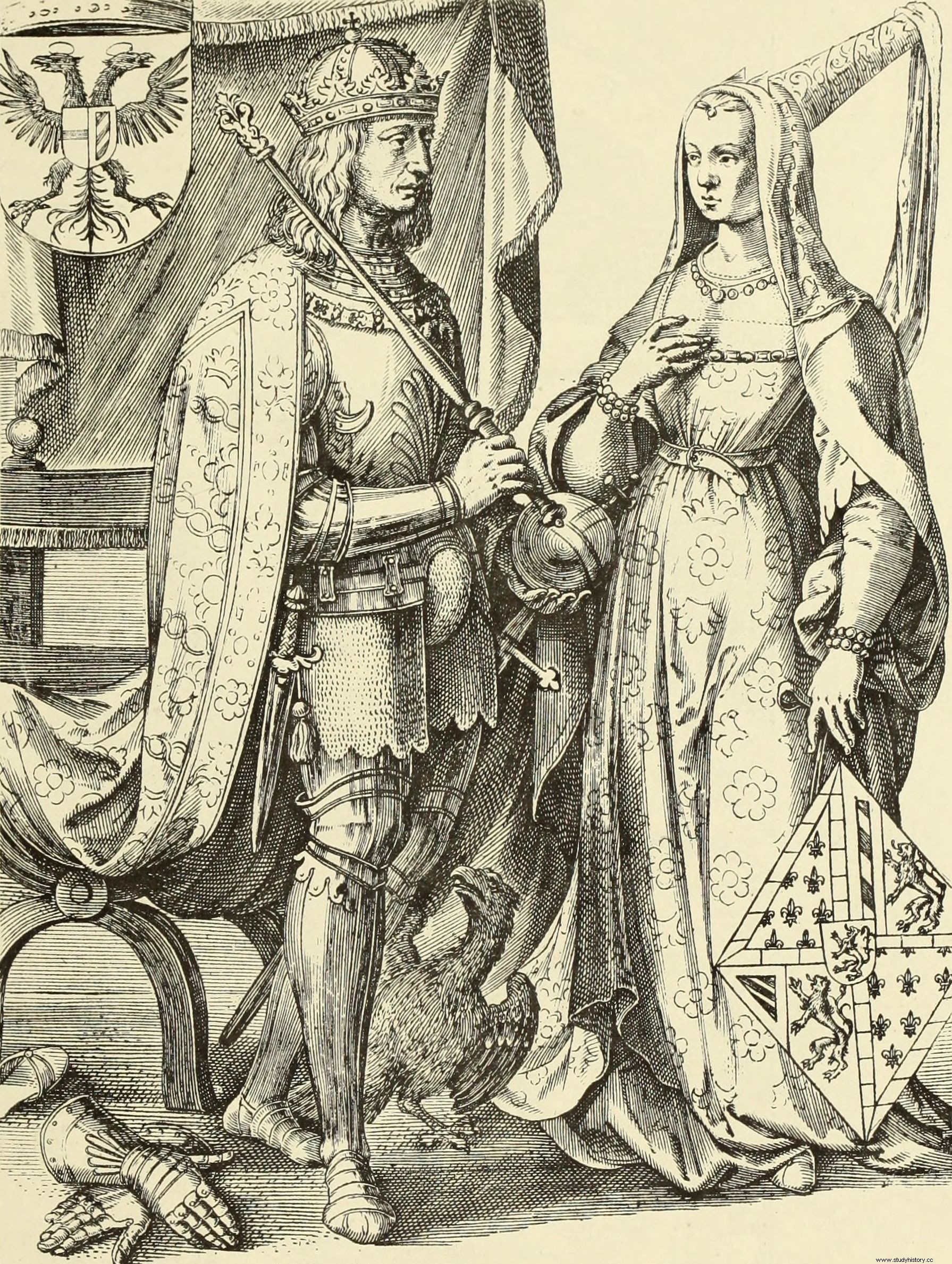
Maksymilian Habsburg and Maria Burgundzka on a lithograph from the Hymans brothers' publication "Bruxelles à travers les âges" from 1884.
The Habsburgs gained a lot from their own entrepreneurship. But fortune also favored them:the greatest prize in the history of the family fell into their hands quite by accident. It started with the fact that Maximilian, in order to defend his wife's inheritance, sought allies against France. He found them in the persons of the Catholic Kings of Aragon and Castile. To strengthen the alliance, he gave his children, Philip and Małgorzata, to the descendants of Ferdinand and Izabela:Joanna and Jan.
John was heir to the throne of Iberia. However, he died after several months of relationship with the Habsburgian woman. And that was the beginning of the whole death march:soon after Małgorzata had a miscarriage (more about her life HERE ), and Jana's older sister died in childbirth. Her only son lived only two years. Thus Philip's wife Joan became the heir to the Catholic Kings. Its status at the beginning of the 16th century was confirmed by the Cortes. And since it was eliminated as mentally unstable, after the death of Ferdinand of Aragonese in 1516, the Habsburgs took over Castile, Aragon, Sicily, Naples and the overseas empire.
Beautiful promises
It took longer for the Czech throne. The Habsburgs had been tempted to do so since they took over Austria, but to no avail. The enthronement of Władysław the Pogrobowiec, son of Elizabeth (Czech heiress), was only a temporary success. The boy died childless at the age of 17, and the throne slipped from the hands of the dynasty for decades.
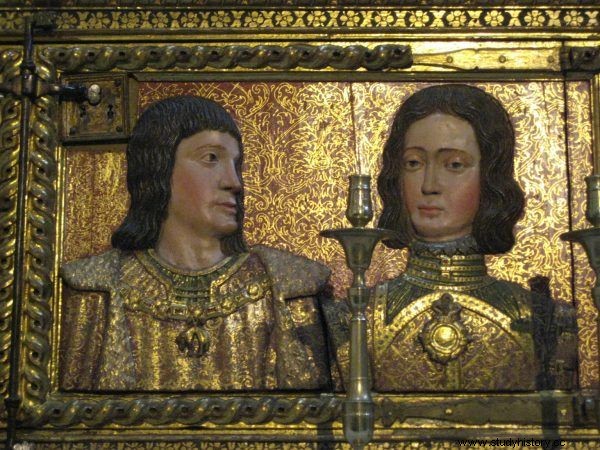
Filip Habsburg and his wife Joanna, who became the greatest heiress in history thanks to a series of deaths. Bas-relief from 1632, located in the Royal Chapel in Granada.
Despite this, the Habsburgs did not give up. The culmination of their efforts was the organization by Maximilian of a double wedding of his grandsons, Ferdinand and Maria Habsburg, with Ludwik and Anna, children of the Czech king, Władysław II Jagiellończyk.
The strategy, as in the case of Spain, has been successful. Ludwik, Władysław's only son, died young. Ferdinand then appeared as a strong - though not the only - candidate for the crown. He competed for it with the Polish king Sigismund the Old and the Prince of Legnica, Frederick II.
The Czech lords chose Ferdinand on the condition that he would obey Czech law, live in Prague and fill local offices with native Czechs. And although the Habsburg had no intention of keeping what was agreed, it remained on the throne.
Multiply treatises and don't give up
It was apparently the same with the Hungarian crown. It also escaped from Habsburg hands after the death of the Pogrobar in 1457. The Hungarians chose Maciej Corvinus as his successor. Some electors, however, opted for Frederick III Habsburg, which he eagerly remembered.

The support of some Hungarian lords and kinship with the Pogrobowiec were enough for Fryderyk to claim the crown of Saint Stephen. The legal culmination of his actions was the peace treaty of 1463 in which Maciej recognized the right to use the royal title by Habsburg. He also considered the representatives of his family as his successors in the event of the extinction of his own male descendants.
Under this agreement, when Corvinus died in 1490 without his rightful heirs, Maximilian Habsburg claimed the crown and invaded Hungary. And although he lost the fight for the crown of Saint Stephen with the Czech king Władysław Jagiellończyk, he obtained a similar concession as Ferdinand earlier. By the peace of 1491, Władysław recognized the Habsburgs as successors in the event of the extinction of his male line. He also confirmed Maximilian's title as King of Hungary.
Not stopping at these arrangements, Maximilian was looking for an opportunity to strengthen the rights of his descendants. Hence the above-mentioned double marriage of his grandchildren with Władysław's children. Unfortunately, after the death of Jagiellon's son, Ludwik, his brother-in-law Ferdinand did not do so easily with Hungary as it was with the Czechs.
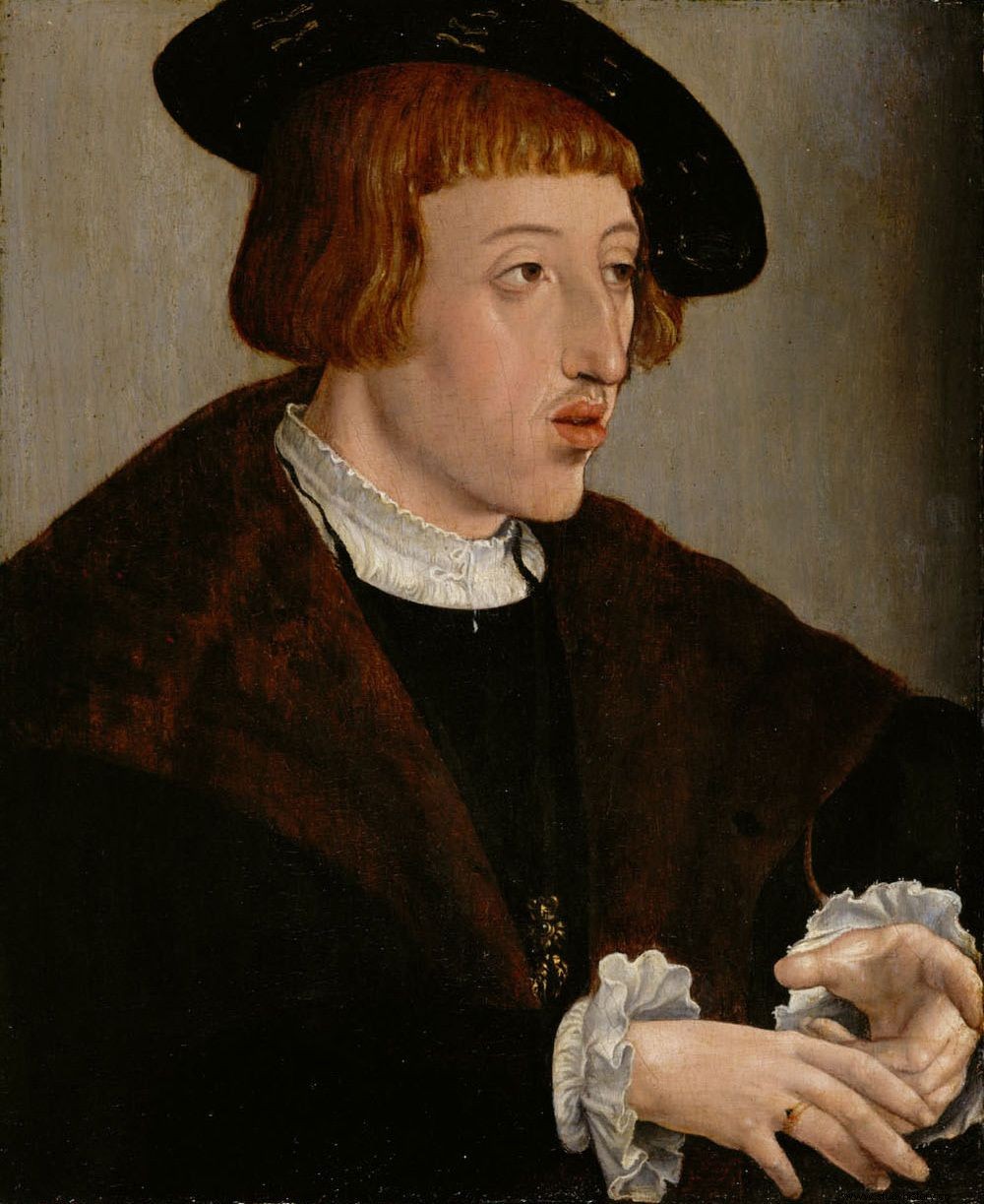
Ferdinand Habsburg was an extremely effective politician. And the most difficult journey was with Hungary. Portrait by Jan Cornelisz Vermeyen from 1530.
There was then a double election in Hungary and then a double coronation. The national candidate, Jan Zapolya, became a competitor to the Habsburg king. In addition, Suleiman the Magnificent stormed the Danube, seizing the capital and the lion's share of the lands. In the end, Ferdinand had to settle for the royal title alone. He exercised power only in what is more or less present day Croatia and Slovakia, and even only at the price of paying tribute to the Sultan . As Pieter M. Judson sums up :
The power over Hungary turned out to be modest in practice, as most of this country, including Transylvania, came under direct or Turkish rule for the next 175 years.
The Habsburgs regained the entire kingdom thanks to the Victory of Sobieski and the Hungarian campaigns of Eugene of Savoy, Charles of Lorraine and Ludwik of Baden. Their hereditary rights were recognized by the Seym in Preszburg (today Bratislava) in 1687.
Family thing
With time, ideology joined the Habsburgs' impressive conquests. The conviction about the superiority of the family was initiated by Frederick III, who placed the sequence of AEIOU vowels on objects of personal use. Perhaps it had a magical meaning. Soon, during his lifetime, however, he began to be interpreted as "Austriae est imperare orbi universa" - "Austria deserves to rule over the whole world" .
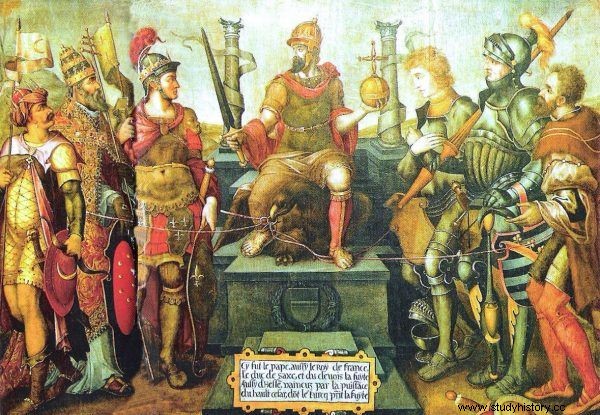
A sixteenth-century allegory of the imperial rule of Charles V, where he thrones over his defeated opponents, i.e. (from left):Sultan Suleiman, Pope Clement VII, King of France Franz I, Prince Kliwii William, elector of Saxony John Frederick I and Landgrave of Hesse Philip. / P>
The myth was also picked up by others. One of the Spanish bishops hailed Ferdinand's great-grandson Charles V "by God's grace ... king of the Romans and emperor of the world." Charles, tired of ruling over a huge empire, nevertheless divided his possessions in his will between his son, Philip, and his brother, Ferdinand. He wanted, of course, to maintain a strong relationship between the two parts. Every generation was to exchange lands between them (which never happened) and marriages (the deplorable consequences of which are described HERE ). All this for the crowns to remain in Habsburg hands.
Instead of extinction - a new opening
Not all properties could be kept. After the death of Philip's line, the dynasty lost Spain and its colonies. The rest of the heritage, however, remained intact. And the loss in the west, as we read in "Habsburg Empire" , became a stimulus to build a compact Habsburg state in Central Europe in the next century.
The second impulse to close ranks was the threat of the family extinction. At the beginning of the 18th century, only girls were born to the Habsburgs. Therefore, the last male representative of the family, Charles VI, recognized female inheritance in a pragmatic sanction issued in 1713. This is how he began the process of unifying the monarchy.
Learn the true history of the Habsburg Empire. Buy the book cheaper on Empik's website:
